Almost half of the world’s human population lives in coastal areas, and associated coastal development has significantly degraded or destroyed many coastal ecosystems. Burgeoning human populations and rising sea levels only further constrain the availability of habitat that coastal species depend on.
California’s 1,100 mile coast has more than 200 threatened, endangered or rare species living in coastal habitats. There are hundreds of coastal estuaries that provide critical rearing habitat for marine species, and are also important for recreation, water filtration, and carbon sequestration.
Only 10 percent of California’s historic coastal wetlands remain. Without intervention, we are at risk of losing 40 percent of our remaining coastal wetlands to sea level rise over the coming decades. Conservancy scientists are working to reverse these trends.
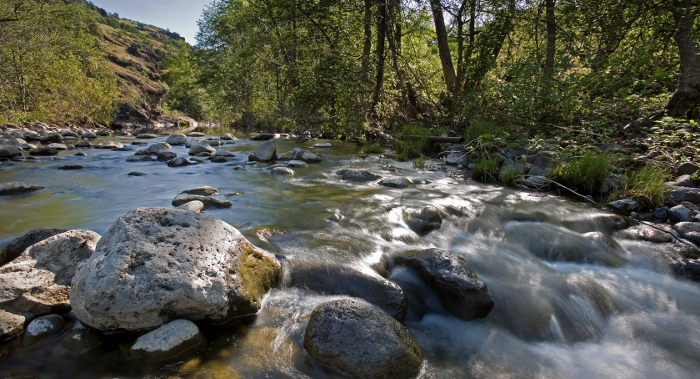
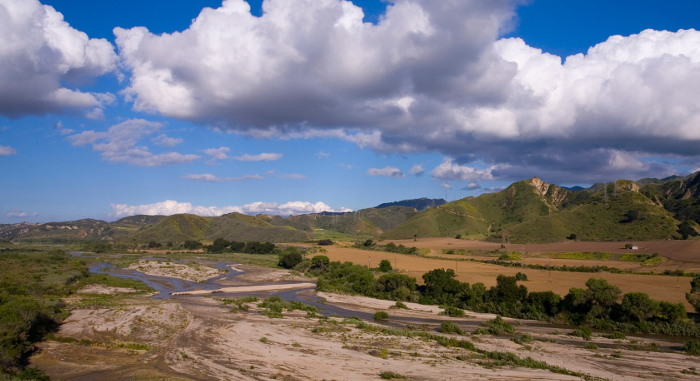
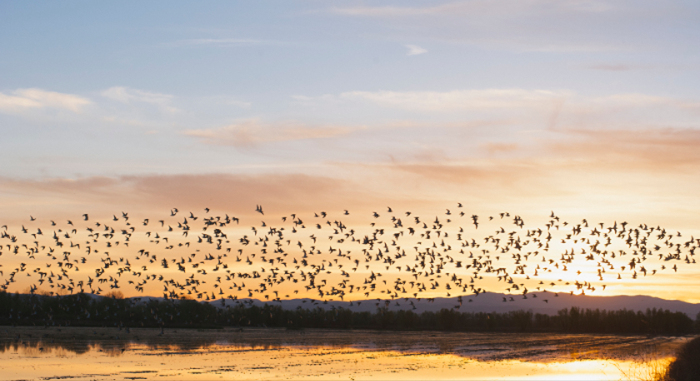
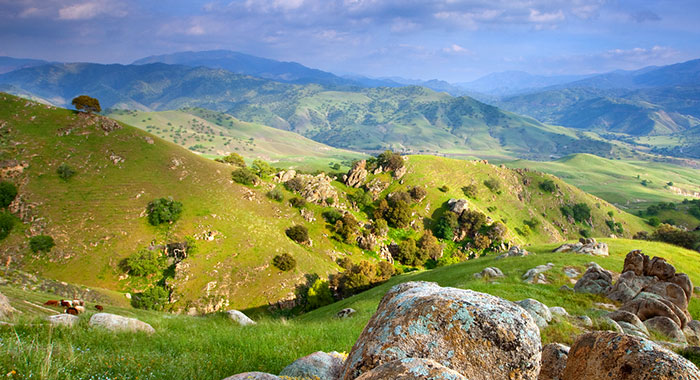
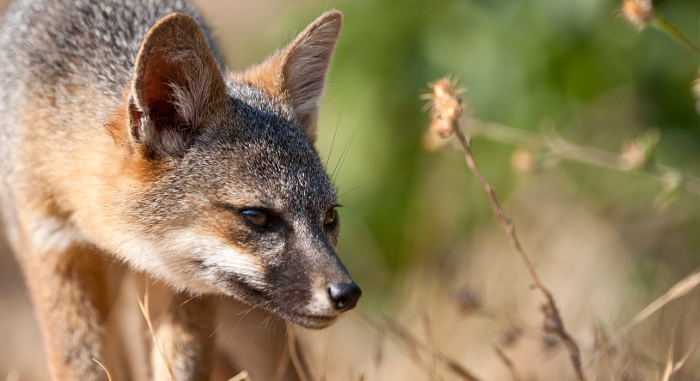

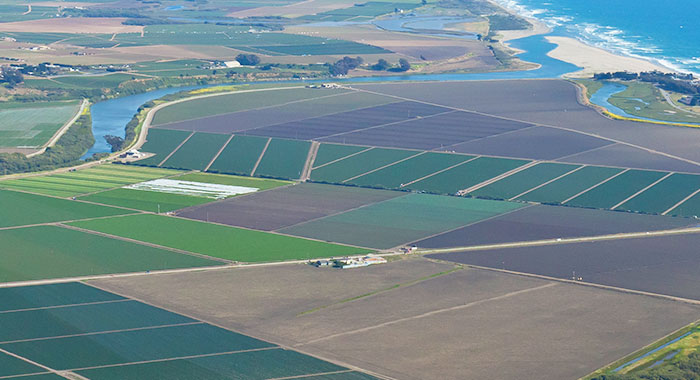

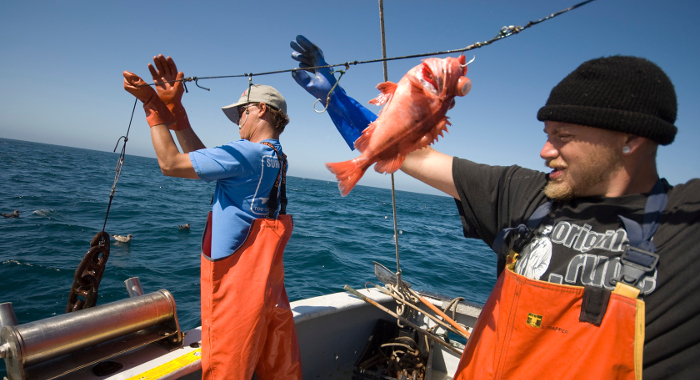
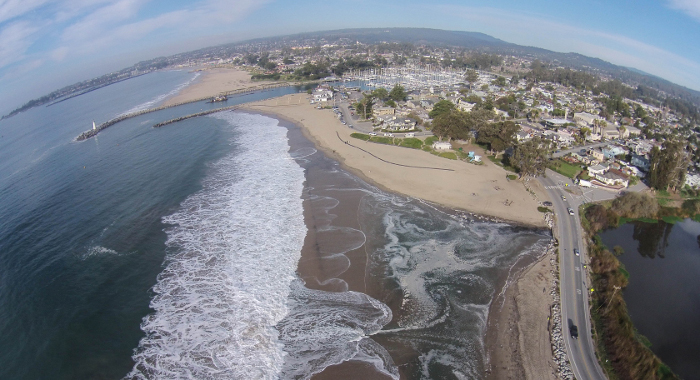

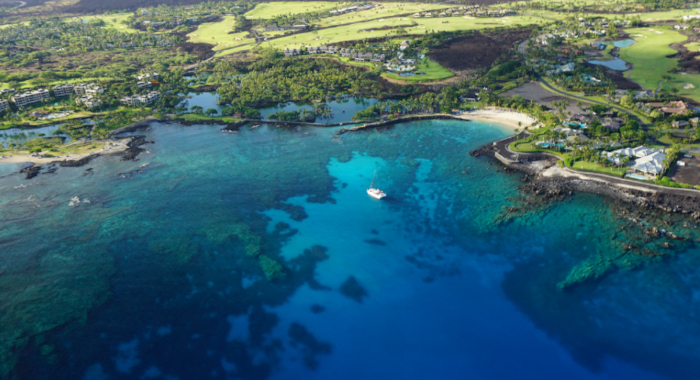
Cameron, D., K. Klausmeyer, J. Mackenzie, G. Low, L. Provencher
Climate change will impact plants and animals across the state, and conservationists are often unaware of the best way to address this threat. While much of the land in the Northern Sierra is public…Kirk Klausmeyer, Dan Olstein, Terri Schulz, Robin Cox, Sasha Gennet, Jason MacKenzie
While the literature and guidance on traditional conservation planning methods is extensive, there are few case studies on methods for incorporating climate change into conservation planning efforts.…Mary Gleason, Sarah Newkirk, Matt Merrifield, Jeanette Howard, Robin Cox, Megan Webb, Jennifer Koepcke, Brian Stranko, Bethany Taylor, Mike Beck, Roger Fuller, Dick VanderSchaaf, Jena Carter
While significant progress has been made over the past few decades in improving estuarine water quality, restoring wetland habitats, and incorporating estuarine habitats into managed areas, estuarine…G.H. Golet, T. Gardali, J.W. Hunt, D.A. Koenig, N.M. Williams
Most assessments of ecological restoration success track a single type of species over a single season. This study explores the limitations of such studies by examining how birds, rodents, bees…Stralberg, D., D. Cameron, M. Reynolds, C. Hickey, K. Klausmeyer, S. Busby, L. Stenzel, W. Shuford, G. Page
This analysis provides the first comprehensive overview of the specific habitats used by 42 different migratory waterbird species throughout California. The authors reveal important gaps in…John M. Randall, Sophie S. Parker, James Moore, Brian Cohen, Laura Crane, Bill Christian, Dick Cameron, Jason B. Mackenzie, Kirk Klausmeyer, Scott Morrison
Regional conservation planning is critical to inform land and resource use decisions. The Mojave Desert Ecoregional Assessment represents an important advance in such planning, because of how its…Susan Antenen , Dick Cameron, EJ Remson, Jason MacKenzie, Jim Gaither, Sophie Parker, Zach Principe, with Southern Sierra Partnership
This collaborative conservation assessment, characterizes the biodiversity, ecosystem services, ownerships, and land uses in the Southern Sierra and Tehachapi Mountains, and assesses threats to…CL Burdett, KR Crooks, DM Theobald, KR Wilson, EE Boydston, LM Lyren, RN Fisher, TW Vickers, SA Morrison, WM Boyce
Long-term studies of animal movement can generate data that allow for robust modeling of habitat use by the species. This study characterizes and maps the distribution of habitat for mountain lions in…Reed Tollefson, Alison Sheehey, Brian Cohen, Sophie Parker, E.J. Remson, Zach Principe, Tom Maloney, Michael White
This Conservation Action Plan identifies targets, threats, and actions to achieve conservation success in the face of climate change in the Tehachapi Mountains. The Tehachapis lie at the convergence…John P. Parkes, David S.L.Ramsey, Norman Macdonald, Kelvin Walker, Sean McKnight, Brian S.Cohen, Scott A. Morrison
This paper describes the approach, planning, and field implementation of an intensive effort to eradicate a population of feral pigs from an island. Key elements of the project included comprehensive…Mary Gleason, Scott McCreary, Melissa Miller-Henson, John Ugoretz, Evan Fox, Matt Merrifield, Will McClintock, Paulo Serpa, Kathryn Hoffman
This paper describes the planning process for California's Marine Life Protection Act (MLPA) in north central California. The process represents a case study in the design of a regional component…Howard, J, C. Revenga
Worldwide, freshwater species and habitats are, on average, more imperiled than their terrestrial or marine counterparts. Despite concerns over the health of the world’s freshwater species and…Mary Gleason, Chuck Cook, Michael Bell, Erika Feller
This editorial highlights the polarization and lack of innovation in U.S. fisheries management, using the West Coast groundfish fishery as an example. The authores focus on the need for new…Oberbauer, T., L. Luna Mendoza, N. Citlali Oliveres, L. Barbosa Deveze, I. Granillo Duarten, S.A. Morrison
Guadalupe Island in Mexico is undergoing a dramatic ecological recovery following the eradication of feral goats. Unfortunately, that eradication came too late for some species and ecosystems, and…Kathryn M. Langin, T. Scott Sillett, Jongmin Yoon, Helen R. Sofaer, Scott A. Morrison, Cameron K. Ghalambor
Island archipelagos can provide useful opportunities for comparative studies in ecology. For example, breeding ecology of a songbird was studied on two of the California Channel Islands, which share…